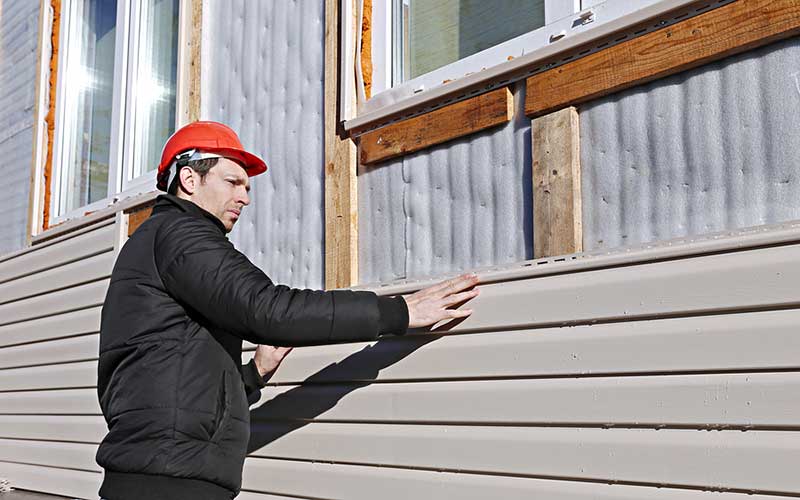
You live in an age where you might not just shop and build for the best price, the best look, and the best durability, you’re also keeping the environment in mind. Building green is about making sure your house is using resources efficiently. But it is also about using the right materials for construction projects to lower waste. Green building isn’t just about installing solar panels or lowering the carbon footprint of the house. It’s also about in the materials you use for construction—or if you’re renovating a house with being greener in mind.
One thing that you can overlook in your green construction or renovation is siding. Picking the right siding already juggles several key factors: the siding must be strong, being able to take the occasional hit from routine maintenance and bad weather; the siding needs to have curb appeal; and the siding needs to be within the price range for the overall construction. The green factor of siding adds more needs to the mix. Are the ingredients toxic? Is their manufacture wasteful? Do they provide additional insulation to keep reduce heating costs (and therefore increase the energy efficiency of the home)?
4 Types of Siding
Fiber Cement
Fiber cement is an up-and-comer in the siding market, with a higher durability and a lower price than conventional wood. It uses non-toxic ingredients containing cement, sand, and cellulose (plant fibers) and can imitate wood. With a long lifespan (some companies guarantee the product for 50 years and it can last significantly longer), the only downside is the high energy the manufacturing process needs.
Vinyl
Vinyl siding is as popular a siding material as it is a controversial one when it comes to building green. The hot-button topic is that vinyl siding contains PVC—condemned by many green advocates. Vinyl manufactures insist that their product does not release chemicals during its lifespan. Being cheap, lightweight, and durable, siding vinyl can also be recycled to make more vinyl siding or other vinyl products.
Wood
For many wood is the ultimate green material, being a sustainable and renewable natural resource. While the primary wood siding, cedar, does not need to be treated, other woods do. Of the options presented, wood siding has the shortest lifespan, requiring maintenance and repainting much more often that other options. It is also the most natural.
Brick
Certainly the longest of lifespans at over a hundred years, bricks are durable and low maintenance. While most bricks are made with local clay—usually a short distance from the plant—their manufacture requires an enormous amount of energy. Most bricks are made with clay, shale, and water. Unlike the other sidings listed, brick can contribute significantly to insulation, though it is the most expensive and the most labor intensive of the options.
We hope this listing gave you some insight into how green building can affect your priorities—for both siding and general construction. If you’re interested in talking about more siding options, or where we source our siding from, please contact us today. Morrison Remodeling is here to help you get the most out of building or rebuilding your siding, for your own and Mother Nature’s bottom line.
